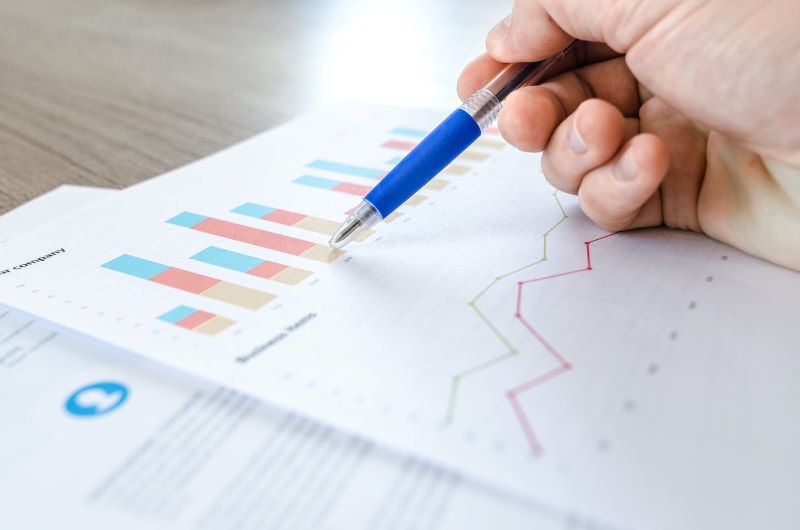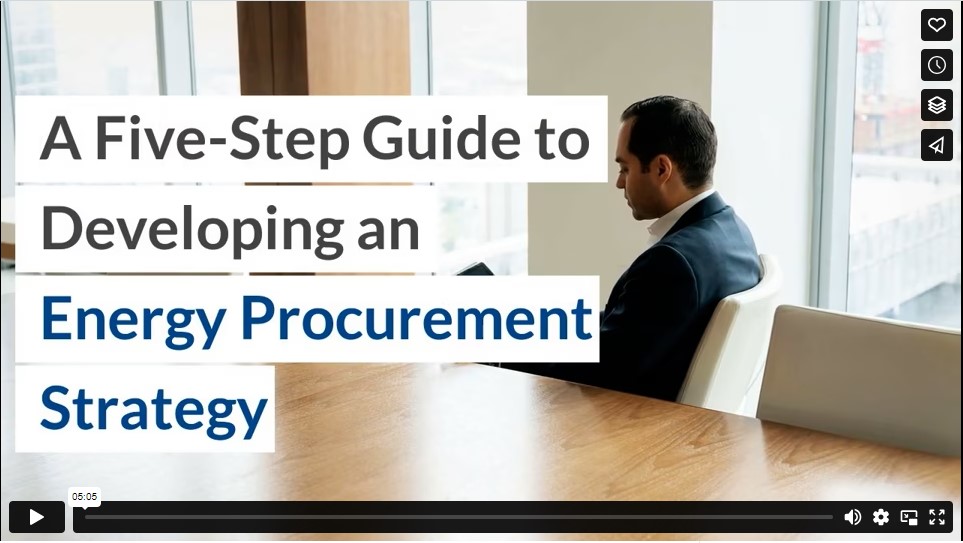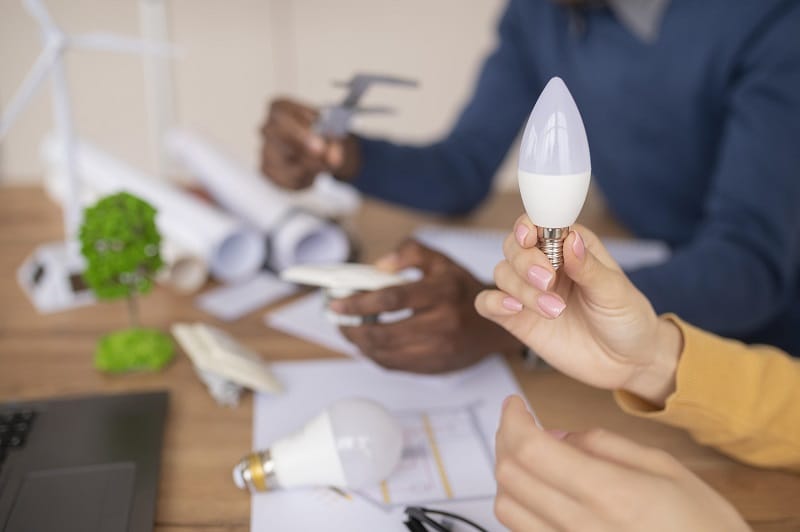
A wise energy procurement strategy is critical for keeping costs down and preventing unanticipated spikes from disrupting your business’s bottom line. Effective energy procurement can mitigate risks to your budget and operations. But, developing the right plan requires understanding the varied components of energy markets and how they apply to your business. This guide offers steps to assist you with developing a successful strategy to guide your company’s energy procurement.
Step one: analyze your situation
This critical first step has several components. Before you start developing your strategy, you will need to understand the following factors:
Budgeting requirements
Sometimes, when you spend money can be almost as important as how much you spend. When it comes to buying energy, you often have choices that will maximize overall savings and others that will maximize predictability. A fixed-price contract might offer the most security if you can’t afford a month or season with unexpectedly high energy costs. On the other hand, if you can withstand lumpier spending, you can search the market for the cheapest energy, even if that means greater variance in your bills.
Many providers will offer plans at both ends of that spectrum. You may also find plans that split the difference, keeping variability in check while also offering highly competitive pricing. That might find capped-rate billing options, where you are charged no more than a specified maximum rate but pay less when energy prices drop, or blended pricing, where a set percent of your energy supply is at a fixed rate and the rest is variable. Knowing your budget and what factors are most important will drive your strategy for selecting a price structure.
Future plans
The energy procurement decisions you make today will affect your business for months or years to come, so make sure you are factoring in your future plans. Think about whether you intend to grow your business, add new locations, purchase energy-intensive equipment, or otherwise make changes that will significantly impact how you use energy. Then ensure that your decisions are suitable for that future version of your company rather than just where you are here and now.
Usage patterns
Understanding the patterns in your energy use can help you understand the best path forward. An energy audit is a useful tool. It will provide additional granularity about your energy consumption than what you see in your monthly energy bills. When you understand what times of day or seasons of the year have your highest use or what equipment constitutes the most significant energy draw, you’ll have more information to inform your procurement decisions.
Step two: establish priorities
What is most important to your company when it comes to energy? The cost will likely be somewhere on your list. Other factors might be budget predictability, environmental concerns, supply reliability, flexibility, and anything else critical to your operations and future. With these priorities in mind, you can map procurement objectives to each item on your list.
An energy efficiency consultant can guide you in understanding what energy market choices are available that will correspond with your priorities. Because the energy market changes quickly and the plans available are often complex, expert guidance can cut through the confusion and lead you more quickly to the best answers for your business.
Step three: create measurable targets
Defining your priorities is great, but achieving those priorities will require setting measurable goals to track your progress.
Perhaps your priority list includes “environmental sustainability.” The metric for that might be reducing carbon emissions by 10% in the next year or sourcing at least 25% of your energy from renewable sources by the end of the next fiscal year. If spending less is a priority, does that mean 5% less over the next five years or 10% less by the end of the quarter? Knowing these answers will help you define your success.
Whatever they are, the priorities from Step Two should be tied to clear goals. These specific, measurable targets will allow you to establish a tailored energy procurement plan and evaluate its effectiveness.
Step four: determine your market approach
With all the other pieces in place, you can finally determine your approach to procuring energy. If your priorities list said you wanted budget stability, you might seek out energy contracts that offer a fixed-price component and a longer-term contract. To hit your target for renewable energy use, you might look for plans that allow you to stipulate a minimum percentage of the energy sources that must be renewable. You might even consider purchasing some energy-generating equipment. Solar panels or a wind turbine could help you meet or surpass that goal.
If you haven’t already, consider working with an energy management service provider once you reach this step. Their extensive knowledge of energy options and relationships with energy providers can help you find plans that align with your needs and priorities.
Step five: perform ongoing analysis
Your procurement strategy continues after implementation. It’s critical that you analyze your energy usage to ensure you are on target to meet your goals. Additionally, as your operations evolve, your needs may change.
Continuously analyze your bills. Consider a follow-up audit if you need more specific data to evaluate or further optimize your strategy. Just as you revisit other business decisions, periodic checks of your energy procurement strategy will ensure your plan changes to keep up with changes to your business. Plan for quarterly reviews and reexaminations whenever you make significant changes to your operations.
There is no one right strategy for energy procurement. To determine the best approach for your business, you will need to understand what you hope to get from your plan. That will lead you to the strategy that offers the best competitive advantage and opportunities for growth.
Infographic
A proactive electricity procurement plan is essential for controlling expenses and avoiding unexpected increases that might harm your company’s bottom line. Creating the best strategy involves understanding how the many energy industry segments work together and how they relate to your business. This tutorial will help you create a solid plan for electricity procurement.
Video

Others articles you might like
Five energy procurement strategies for businesses
Securing the right energy contract isn't just about locking in the best rates. Energy procurement includes safeguarding your bottom line,...
9 April 2024Stabilizing energy costs in a volatile market
When we flip a switch, indoor lighting comes on with nearly the same dependability as the sun rising. This makes sense; the outside world...
21 March 2024Is now the best time to change business energy suppliers?
In the dynamic and globalized landscape of modern businesses, counting pennies matters. Optimizing expenses helps you gain a competitive edg...
5 March 2024




